History

Picture taken on September 1966 in Washington D.C. Left to right: Helen McGee, Jessie Durant, Rosie Moose, Josephine Cromwell, Alta Rogers and Ethel Willis. The Tri-County Indian Health Project began in 1968 and became the Toiyabe Indian Health Project that we are today.
The Northern Paiute, Shoshone, and Washoe people were the indigenous populations that inhabited the valley and mountain areas of the Eastern Sierra Nevada. For years, as long as the indigenous people can recall, they have lived and survived from the lands of the Eastern Sierra Nevada mountains. These lands provided numerous animals and vegetation which the Native people used to sustain life in a peaceful, harmonious setting. Much has changed since those early days, but quality healthcare remains an important need, not only for the American Indians but for all who live in the Eastern Sierra region.
Healthcare services have progressed from the days when caravans and rides were set up to take local American Indians to the Indian Health Service hospital in Schurz, NV. Thanks in large part to the community leaders who started the Tri-County Indian Health Project in 1968, represented in the photo above, articles of incorporation were adopted in 1971 for the Toiyabe Indian Health Project, Inc.
Originally, Toiyabe was located in a small building on Pa Ha Lane on the Bishop Paiute Tribe’s Reservation. However , since that time, Toiyabe has grown in size and scope to today’s modern facilities, featuring services that we are proud to offer to all of our American Indian patients and clients, as well as the community in general.

